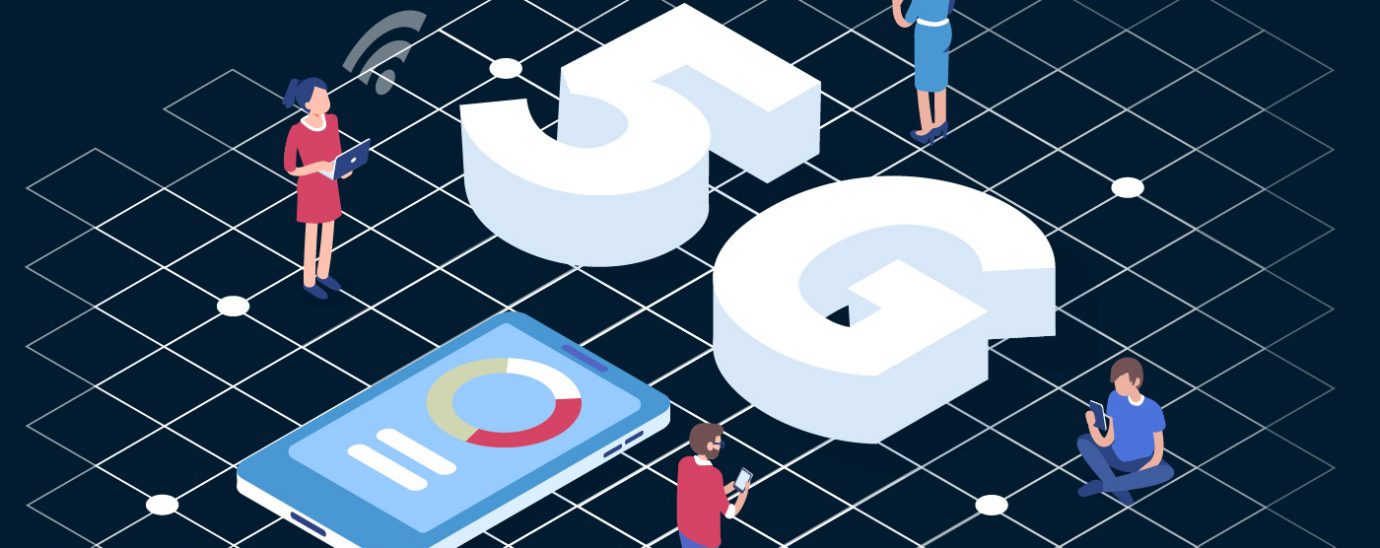AT&T and Google Cloud expand 5G and edge collaboration

The co-developed innovative, end-to-end solutions will enable new customer experiences and business services across industries with on-premise or network-based deployment.
Today, AT&T and Google Cloud have announced new solutions across AT&T’s 5G and Google Cloud’s edge computing portfolio, including AT&T’s on-premises Multi-access Edge Compute (MEC) solution, as well as AT&T Network Edge capabilities through LTE, 5G, and wireline.
For over a year, AT&T and Google Cloud have been developing edge solutions for the enterprise. Now, the two companies are taking the next step to deliver transformative capabilities that help businesses drive real value and build industry-changing experiences in retail, healthcare, manufacturing, entertainment and more — with the ability to use Google Maps, Android, Pixel, augmented reality (AR) and virtual reality (VR), and other solutions across Google for more immersive customer experiences. For example:
- Enabling video analytics services to help businesses across industries with theft prevention, crowd control, and queue prediction and management.
- In retail: Streamlining and automating inventory management, connecting brick-and-mortar, and ecommerce and backend systems for near real-time visibility into operations.
- In healthcare: Scaling access to services like telehealth-based therapy, using AR and VR for remote care either from patients’ homes or at an onsite facility.
- In manufacturing: Accelerating operations with remote support and quality control checks at plant locations and optimising bandwidth usage by streaming video on the edge rather than on-device.
- In entertainment: Enhancing in-venue experiences for concerts and sporting events, with solutions ranging from immersive AR and VR experiences, smart parking and ticketless entry, to contactless food and souvenir payment.
The companies are also working together to evaluate how network APIs could optimise applications, using near-real-time network information at the Google Cloud edge. If successful, this would allow them to optimise the user experience at the edge and drive meaningful business outcomes.

AT&T Multi-access Edge Compute (MEC) with Google Cloud combines AT&T’s existing 5G and MEC offering with core Google Cloud capabilities, including Kubernetes, artificial intelligence (AI), machine learning (ML), data analytics, and a robust edge ISV ecosystem. With the solution, enterprises can build and run modern applications close to their end-users, with the flexibility to manage data on-prem, in a customer’s data centre, or in any cloud. Control over data, improve security, lower latency and higher bandwidth.
AT&T Network Edge (ANE) with Google Cloud will enable enterprises to deploy applications at Google edge points of presence (POPs) AT&T’s 5G and fibre networks. As a result, businesses can deliver faster, more seamless enterprise and customer experiences in this low-latency compute and storage environment. AT&T and Google Cloud focus on a multi-year strategy to bring the solution to 15+ zones across major cities, starting with Chicago this year. We expect to roll out the solution next in Atlanta, Dallas, Miami, and San Francisco.
“By combining the power of AT&T 5G and Google Cloud technologies, we are helping enterprises create new customer experiences and business services that were previously impossible,” said George Nazi, Vice President, Global Telecom, Media and Entertainment Solutions, Google Cloud. “Together with AT&T, we are committed to enabling our customers to build and deliver next-generation applications, whether on-premise or on AT&T’s leading mobile network.”
“With premises-based 5G and edge computing, we give our customers even greater control of where their data goes and how they use it – at higher speeds and with lower latency. These capabilities allow businesses to deliver unique experiences to their customers today and into the future,” said Rasesh Patel, Chief Product and Platform Officer, AT&T Business. “We’re bringing forth a new era where the latest technological advancements, including 5G and edge computing, make it possible to transform, innovate and prepare for whatever the future holds.”
READ MORE:
- Overcoming SaaS chaos: how to pave the way for the future of work
- Many organisations get cloud migration wrong. Here’s how to get it right
- Wealth management industry leads way with AI technologies
- Founder Feature: Neil Purcell, founder and CEO, Talent Works
“5G, cloud services and edge compute each have a tremendous amount of promise as standalone technologies,” says Jason Leigh, research manager for 5G and Mobile Services Research at IDC. “But coupling these three as complementary, enabling technologies both accelerates and extends the promise of digital transformation in many more business settings.”
For more news from Top Business Tech, don’t forget to subscribe to our daily bulletin!